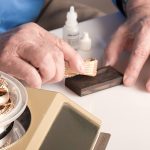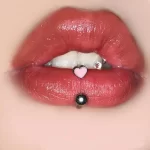Lip piercing types have grown in popularity over the years, becoming a bold form of self-expression for people across cultures and fashion styles. Whether subtle or striking, each type offers a unique look that complements facial features and personal identity. From classic Monroe piercings to more intricate labret variations, there’s a style for every taste. These piercings can highlight the lips, add edge to your appearance, or honor cultural traditions. Moreover, they pair well with other facial jewelry like nose or cheek piercings.
However, choosing the right lip piercing type requires understanding placement, healing time, risks, and aftercare. This guide explores the most common and trending lip piercing types in detail. It also covers jewelry options, pain levels, and healing practices. As a result, you’ll be better equipped to decide which option suits your lifestyle and aesthetic goals. With the right knowledge, getting one of these lip piercing types can be a safe and rewarding experience.
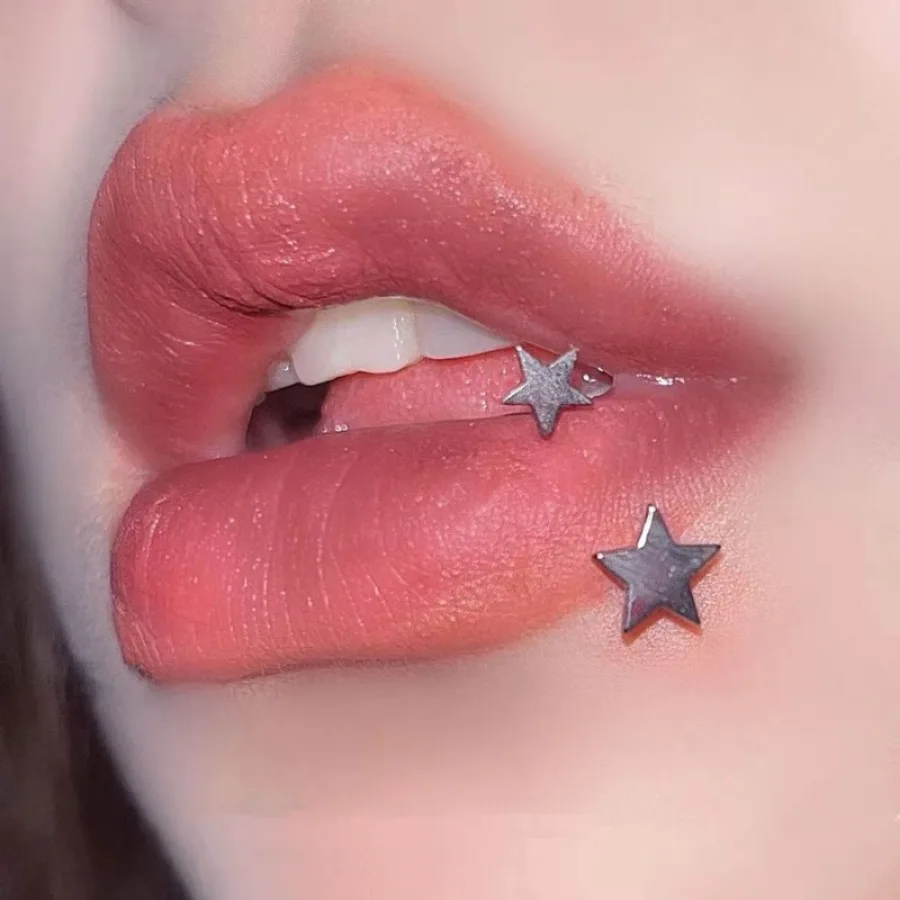 Common Lip Piercing Type and Their Unique Features
Common Lip Piercing Type and Their Unique Features
There are several popular lip piercing types, each defined by location and style. First, the Monroe piercing mimics a beauty mark. It sits above the upper lip on the left side, resembling actress Marilyn Monroe. Many choose this for its glamorous, vintage appeal.
Second, the Madonna piercing is similar but placed on the right side. Named after the pop icon, it offers a symmetrical alternative. Both Monroe and Madonna piercings use small studs or labret rings.
Third, the labret piercing goes through the center of the lower lip. Directly below the bottom lip, it’s one of the most common types. Its central position gives a balanced, understated look.
Fourth, the Medusa piercing is a variation of the labret. It’s placed in the philtrum—the dip just above the center of the upper lip. This spot creates a focal point that draws attention upward.
Fifth, the garden of Eden piercing is less common. It’s a lower-lip piercing centered under the lip, but deeper into the mouth. Only the back of the jewelry touches the inside. Therefore, it’s nearly invisible from the outside.
Sixth, the dahlia piercing involves multiple punctures in a line. Usually three or five, they run horizontally along the upper or lower lip. This clustered style makes a strong visual statement.
Seventh, the angel kiss piercing combines two close piercings above the lip. Positioned symmetrically, they resemble small kisses. Often worn with tiny gems, they add delicate sparkle.
Eighth, the snake bites piercing includes two piercings on the lower lip. One on each side of the center, mirroring snake fangs. When paired with a single central labret, it becomes a “venom bite.”
Each of these lip piercing types offers a different aesthetic. Some are subtle, while others make a bold fashion statement.
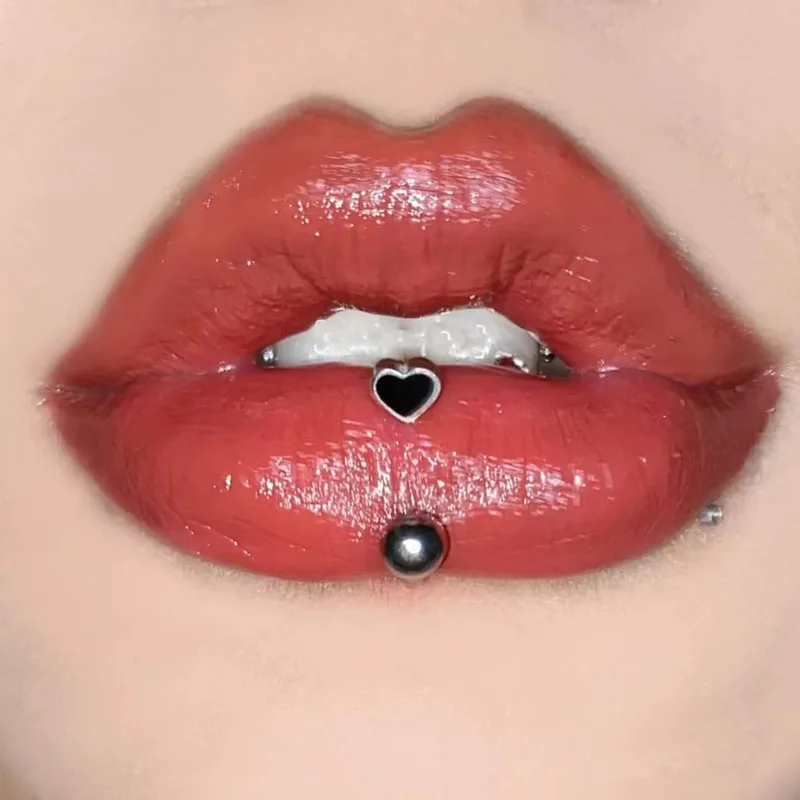 Jewelry Options for Different Lip Piercing Type
Jewelry Options for Different Lip Piercing Type
The right jewelry enhances the look and comfort of any lip piercing type. First, labret studs are the most common choice. They have a flat back that rests against the gum, reducing irritation. Available in various lengths and materials, they suit most placements.
Second, captive bead rings (CBRs) offer a circular design. Popular for snake bites or angel kisses, they dangle slightly when worn. However, they may catch on clothing or during eating.
Third, horseshoe rings are curved with threaded ends. They work well for Medusa or vertical lip piercings. Their shape allows flexibility and easy insertion.
Fourth, barbells consist of a straight rod with balls on both ends. Used in dahlia or garden of Eden piercings, they provide stability and clean lines.
Fifth, segment rings feature a removable segment. They look like CBRs but open and close easily. Great for those who change jewelry often.
Sixth, dermal anchors support surface piercings like angel kisses. One end sits under the skin, and a top gem screws on. This creates a floating jewel effect.
Seventh, plugs or flesh tunnels are rare but used in stretched lip piercings. More common in tribal cultures, they require gradual stretching over time.
Material choices matter too. Surgical steel, titanium, and niobium are hypoallergenic and ideal for initial piercings. Gold (14k or higher) works for healed piercings if nickel-free.
Length and diameter depend on anatomy. A professional piercer will measure your lip thickness to recommend the best fit. Too long, and the jewelry moves too much. Too short, and swelling can cause complications.
Choosing the right combination ensures comfort, safety, and style.
Pain Levels and Healing Time for Various Lip Piercing Type
Pain and healing vary across lip piercing types. First, most report mild to moderate pain during the procedure. The lip has many nerve endings, so sensitivity is normal. However, the process is quick—often under 30 seconds.
Second, swelling is common. It peaks within the first 48 hours. Ice packs and over-the-counter pain relievers help manage discomfort.
Third, healing time ranges from 6 to 12 weeks. Labret, Monroe, and Madonna piercings usually heal faster. Medusa and snake bites may take longer due to movement and saliva exposure.
Fourth, inner tissue piercings like the garden of Eden heal slower. Because they’re near mucous membranes, they stay moist and vulnerable to bacteria. Full healing can take up to 16 weeks.
Fifth, dahlia and angel kiss piercings involve multiple holes. Each site heals independently. Therefore, overall recovery takes more attention and consistency.
Sixth, factors like smoking, drinking alcohol, or poor hygiene extend healing. These habits reduce blood flow and increase infection risk. Avoid them during recovery.
Seventh, signs of proper healing include reduced redness, no discharge, and minimal tenderness. If you notice pus, severe pain, or prolonged swelling, consult a professional.
Eighth, scabbing is normal. Do not pick at scabs. Let them fall off naturally to prevent scarring.
Ninth, movement during talking, eating, or kissing can irritate new piercings. Use caution and avoid excessive touching.
Tenth, some people experience temporary numbness. This fades as nerves settle. Persistent numbness should be evaluated by a doctor.
Understanding these aspects prepares you for a smoother healing journey.
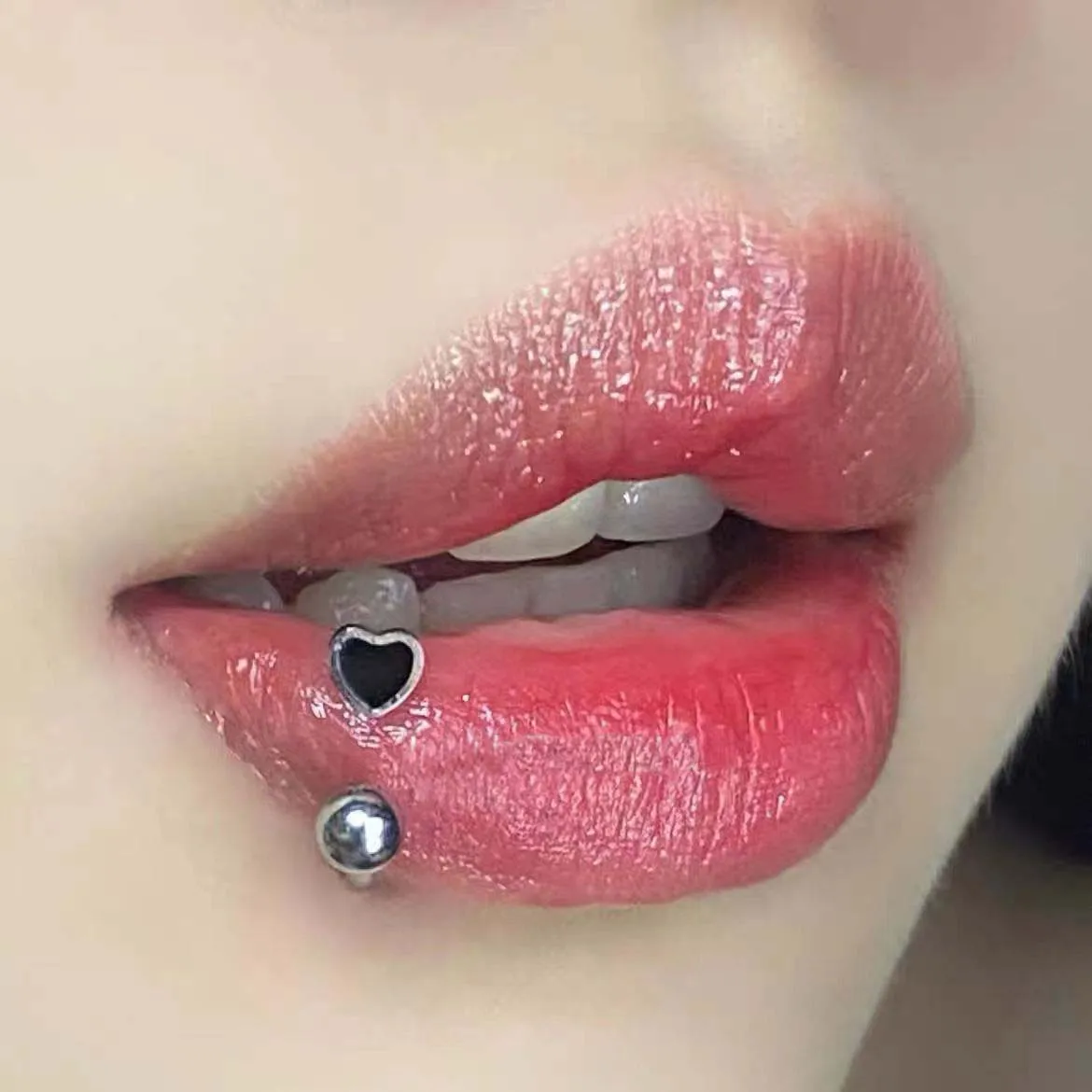 Proper Aftercare for Long-Lasting Results
Proper Aftercare for Long-Lasting Results
Aftercare is critical for all lip piercing types. First, rinse your mouth after every meal. Use an alcohol-free antibacterial mouthwash. This removes food particles and reduces bacteria.
Second, clean the outside twice daily. Dip a cotton swab in saline solution and gently wipe around the piercing. Do not twist or move the jewelry.
Third, avoid touching the area with dirty hands. Germs from fingers can cause infections. Always wash your hands before cleaning.
Fourth, refrain from kissing during initial healing. Saliva carries bacteria. Even intimate contact can delay recovery.
Fifth, skip oral contact with shared items. Don’t share drinks, utensils, or cigarettes. Cross-contamination increases infection risk.
Sixth, eat soft foods at first. Crunchy or spicy foods may irritate the piercing. Smoothies, soups, and yogurt are gentle options.
Seventh, avoid swimming pools, hot tubs, and lakes. Chlorine and natural water contain microbes. Submerging your piercing raises infection chances.
Eighth, don’t play with the jewelry. Twisting or flicking slows healing and may embed metal into tissue.
Ninth, monitor for allergic reactions. Redness, itching, or rash could mean sensitivity. Switch to titanium or niobium if needed.
Tenth, attend follow-up checks if possible. Reputable studios offer free inspections. They can spot issues early.
Consistent care leads to healthier, longer-lasting results. Patience pays off.
 Frequently Asked Questions About Lip Piercing Type
Frequently Asked Questions About Lip Piercing Type
Does a Medusa piercing affect speech? Some report a slight lisp at first. It usually disappears within a few days as you adjust.
Can I change my jewelry during healing? No. Wait until fully healed. Early changes increase infection and rejection risks.
Which lip piercing type is least noticeable? The garden of Eden or a small labret stud are discreet. They sit flush and blend easily.
Do lip piercings damage teeth or gums? Yes, if worn incorrectly. Constant contact with metal can wear enamel or irritate gums. Use bioplast or shorter posts to reduce risk.
How do I know if my body is rejecting the piercing? Signs include persistent redness, migration (jewelry moving), or thinning skin. Consult your piercer immediately.
Can I get multiple lip piercings at once? Yes, if your health allows it. Studios often do snake bites or dahlia sets in one session. Ensure you can handle combined aftercare.
Are certain lip piercing types safer for smokers? All carry risks, but labrets and Monroe piercings are manageable. Just commit to strict hygiene.
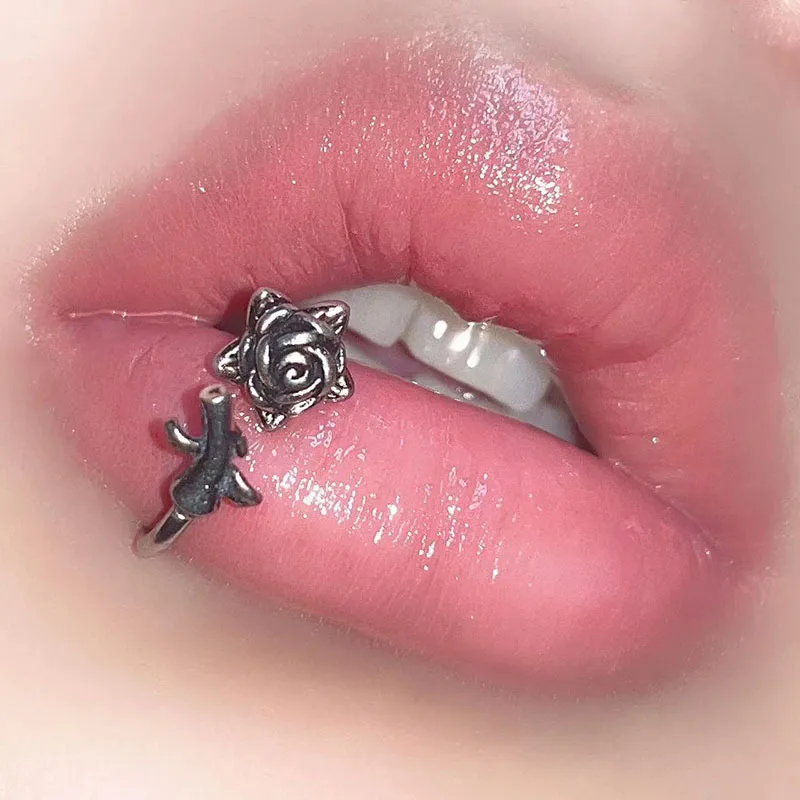 Final Thoughts: Choosing the Right Lip Piercing Type for You
Final Thoughts: Choosing the Right Lip Piercing Type for You
Exploring lip piercing types opens up a world of personal style and confidence. From the classic elegance of a Monroe to the daring symmetry of snake bites, each option tells a story. Moreover, modern techniques and materials make the process safer than ever. However, success depends on informed choices—from placement to aftercare. By understanding pain levels, healing times, and jewelry needs, you set yourself up for a positive experience. Also, selecting a licensed, experienced piercer ensures precision and cleanliness.
Ultimately, the right lip piercing type enhances your features and reflects your personality. Whether you want subtle charm or bold flair, there’s a style that fits. And with proper care, your piercing remains a lasting symbol of self-expression. So take your time, do your research, and embrace the journey. After all, lip piercing types are more than trends—they’re personal statements. With the right approach, your new piercing can be a source of pride for years to come.
